Data Alchemy, Algorithms, and NFTs - Data Culture #04
We explore, among others, the work of Santiago Ortiz and how NFTs are being used. October 2021.
Available in:
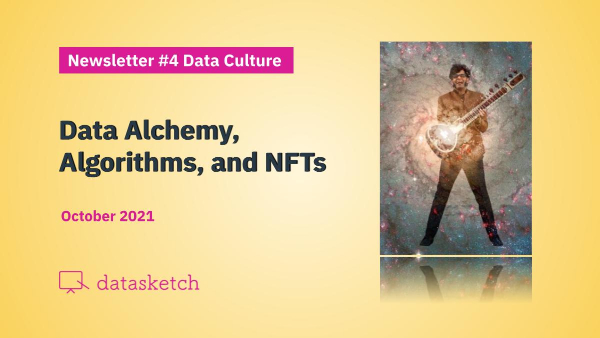
Greetings from our culture team! We are Verónica Toro, Edda Vivana Forero, Nicolás Barahona, and Juan Pablo Marín.
Have you reached us through social networks, or have you been forwarded this newsletter and want to receive it in your inbox twice a month? Subscribe!
#Featured-Artist
Santiago Ortiz
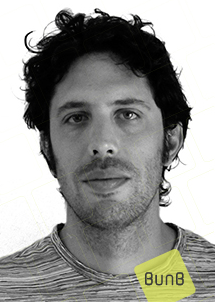
Santiago Ortiz is a researcher, artist, and mathematician. He leads Moebio Labs, a team of data scientists, interactive data visualization developers, and designers. He is also the founder of Bestiario.
His work investigates and experiments with spaces and types of visualization that combine art and science. The paradigms of artificial life and the dynamic representation of information focus on his work: relationships, networks, complex interactions, and ecological systems.
You can read his biography at: https://festivaldelaimagen.com/en/portfolio-item/santiago-ortiz/
Bestiario / The data alchemist
Bestiario is a design and technology firm that helps organizations undertake a digital transformation through data. Its main clients are the corporate and public sectors.
IT architecture, spatial and storefront design, interactive prototyping, and data visualization, among other services, proposes distinctive technological solutions, services, and capabilities with a strong analytical focus on rapid prototyping and software development to solve clients' needs.
You can check out their services and past work on their website. Our favorite: Becoming, a data-packed exhibition at the Venice Biennale.
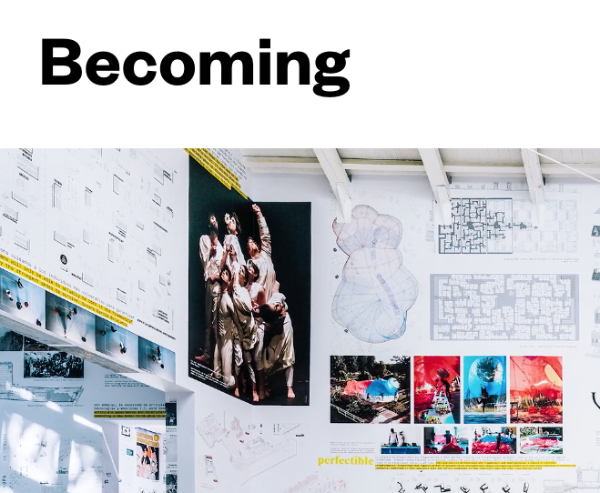
Source: https://www.bestiario.org/case-studies/becoming
Visualization- Twitter Company
Santiago Ortiz links different Twitter users based on tweets and retweets in which “Twitter” has been mentioned and their interactions in this visualization of networks and nodes. This linking of users occurred over one week (February 15-22, 2013).
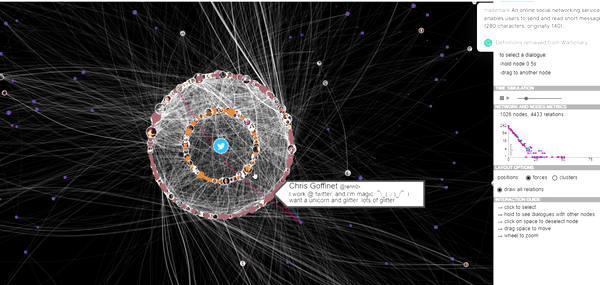
Source: http://moebio.com/newk/twitter/
#EVENTS
Waves of Gravity
Waves of Gravity is a multimedia solo show by sitarist, harmonica singer, percussionist, and composer Neel Murgai, directed by Michole Biancosino and with art and video design by Seema Pandya. Neel creates a psychedelic universe of sight and sound through raga, singing, experimental music, improvisation, and spoken word.
This free performance will occur at the Culture Hub New York Studio in New York and streamed live on October 21 and 22, 2021, at 8 pm ET/5 pm PT. The artists will first share this work with an in-person audience, building on the live concerts they have developed throughout the pandemic.
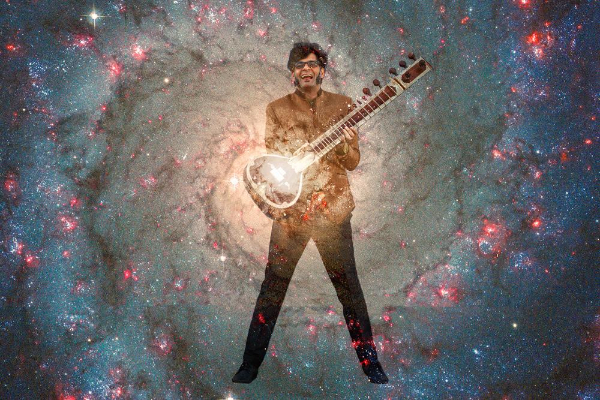
Center for Digital Culture of Mexico
Mexico’s Digital Culture Center promotes digital tools that facilitate the exchange of knowledge, social transformation, artistic production, and content for the Internet.
Its diverse schedule will teach you about video games, programming, social technologies, and electronics. Click on this link and learn about its October program.
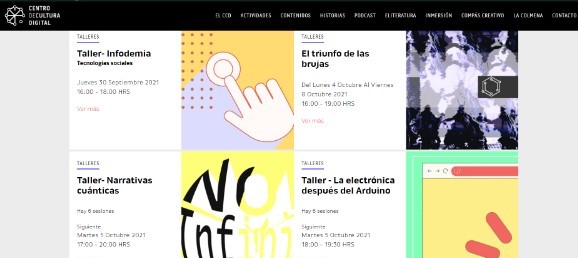
#ARTICLE
Comics and facial recognition
“Humans are programmed to see faces in almost everything. But I wondered how realistic the drawing of a face in a comic book had to be for the machine to recognize it. So I pulled out one of my comic book anthologies and did some tests,” recounts Austin Kleon, a New York Times bestselling author.
His exploration, which he finds simply attractive, reveals how technology is increasingly adapting to our abilities. Read the details here.
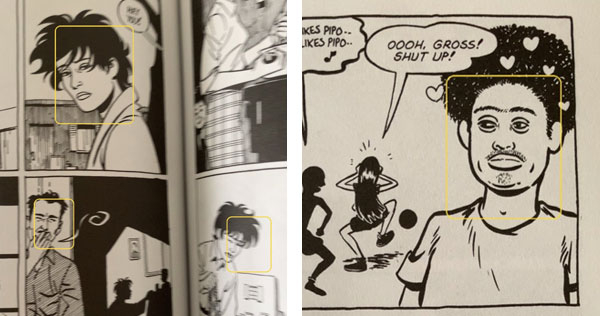
If you want to know more about this topic, we recommend Shalini Kantayyaa’s documentary Coded Bias. This documentary investigates the bias of algorithms after M.I.T. Media Lab researcher Joy Buolamwini discovered flaws in facial recognition technology.
#TBT
My boss is an algorithm
The “collaborative economy” is transforming everyday life, facilitating access to services more conveniently and faster. That implies a workforce increasingly based on technology and automated processes, using applications, algorithms, and databases.
So what will the future of work be like in this system where your boss does not necessarily need to be a human and your activities are a permanent source of analysis?
Niels van Doorn and Julie Yujie Chen addressed similar questions in this webinar organized by Global Digital Cultures.
Paso Bajo' by Alejandro Londoño 2021
Alejandro Londoño, a plastic artist from Bogota, traces his works in an environment simulated by computer machines, the immediate consequences of codification, and its repercussions on everyday experience. In this interview, he tells us about his creative process that goes through the systematic and the chaotic and how he configures his constant inquiries between text, discipline, and image. The complete video is in this link.
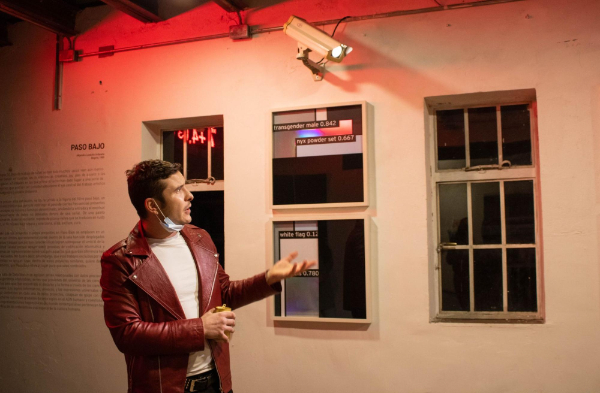
#Campaign
Data Detox
Detox de Datos Latin seeks to provide a platform for young people in Latin America and the Caribbean to educate their peers about technology. It is led by the JAAKLAC Initiative and young professionals, such as the members of Causas Digitales.
They have created a campaign on social networks. They use illustration to communicate closely, explaining thoroughly to young people how they can take control of technology and give life to something abstract like data. You can learn more by clicking on this link.
#Visualization
How you play Spades is how you play life
Spades is a card game invented in the United States in the 1930s. For decades it has been part of building the African-American community, creating social bonds, and central to contemporary culture.
How did it come to be so? How does it relate to the history of migration and the strengthening of rights in that country? The answers, in this Pudding visualization.
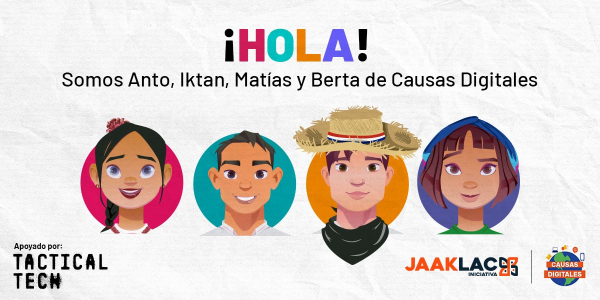
Surveillance society: artificial lighting for a policed public - Architectural Review
#NFT
Non-Fungible Tokens (NFT) are collectible digital art assets that make digital art unique and unrepeatable. It is supported and validated through blockchain technology.
Its use is being adopted from independent artists to industry giants.
ASIMOV
Isaac Asimov’s Foundation series, consisting of 7 books, is one of the most relevant science fiction novels ever written. This piece pays homage to his masterpiece by transforming it into a unique network visualization.
The data science behind visualization analysis is summarized in the article “Asimov’s Foundation - turning a data story into an NFT artwork.” It was built by algorithmically processing the text of each book. The nodes correspond to the words or planets mentioned, and connections are born when two worlds are co-mentioned in the same sentence.
It is currently on auction with a starting price of $13,568.39. Would you buy such art?
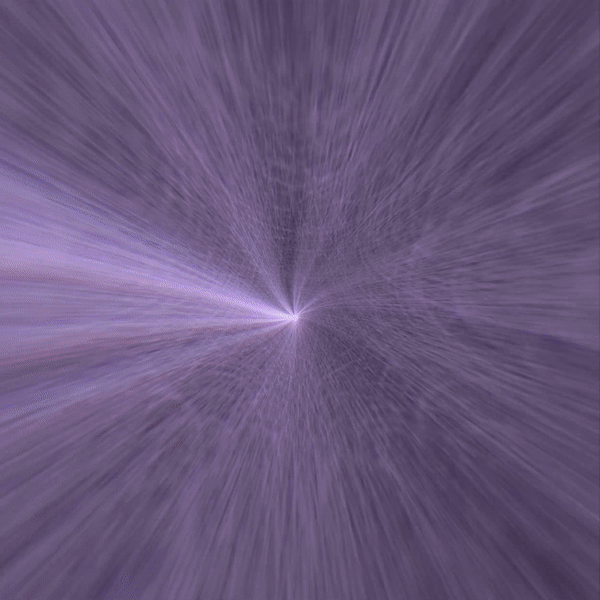
It’s not just artists who are using this technology. Here are three major companies that see NFT as a way to increase the impact of their brand.
Hot Wheels
The first Hot Wheels auction, organized by Mattel Creations, ended on June 29th. Through NFT, models such as the Twin Mill, the Deora II, and the Bone Shaker, were made available, all of which stood out for their originality and the spirit of exhibition vehicles. Check out the models at this link.
Coca Cola
A few months ago, on International Friendship Day, the Coca-Cola company announced its first NFT collectibles. These reimagine some of the brand’s iconic assets, such as the vintage Coca-Cola cooler, using dynamic movements and multisensory elements. See the entire collection here.
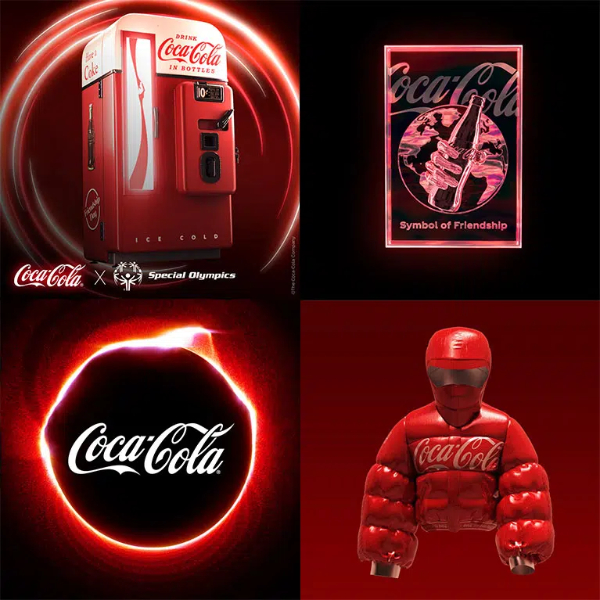
Time Magazine
This month, Time magazine launched a new NFT community with original works by more than 40 artists. In addition, collectors will be able to acquire “TIMEPieces,” as the magazine dubbed them, through a random, blind giveaway at nft.time.com.
This giveaway will consist of various editions totaling 4,676 pieces and will be revealed once they are all minted. The artists in the TIMEPieces genesis collection live on almost every continent and use a variety of approaches in their work, ranging from photography to illustrations to painting. Learn more about the project by clicking on this link.
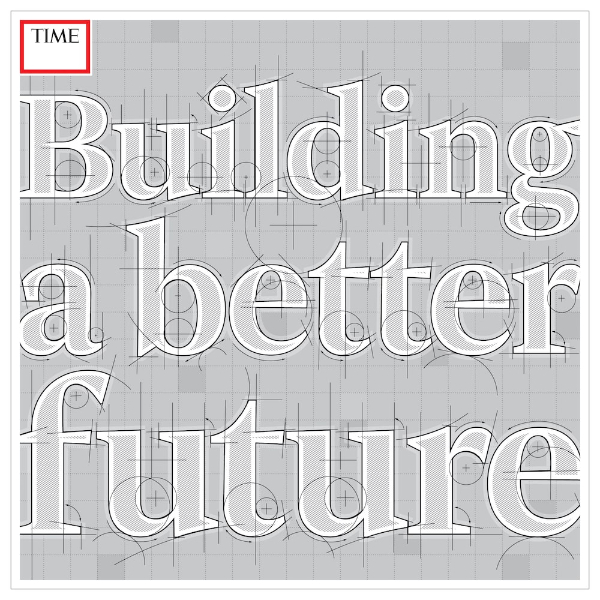
That's all for now!
We invite you to stay tuned to our newsletter. Together we strengthen the data culture!
If someone sent you this email and you want to keep updated with the best data culture, we invite you to subscribe.
Remember that in Datasketch, we have other newsletters, with which you will also learn about Data Journalism and Open Government.




